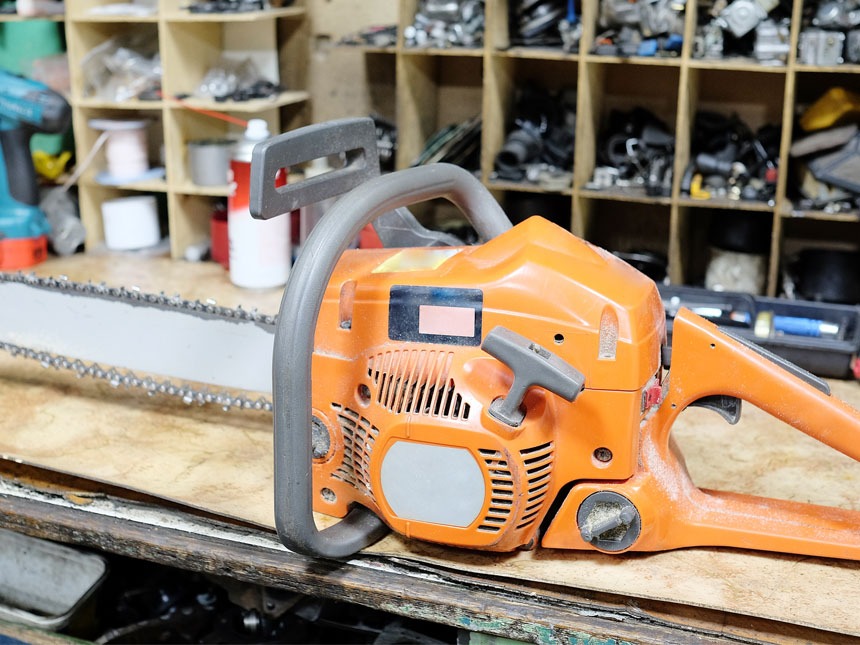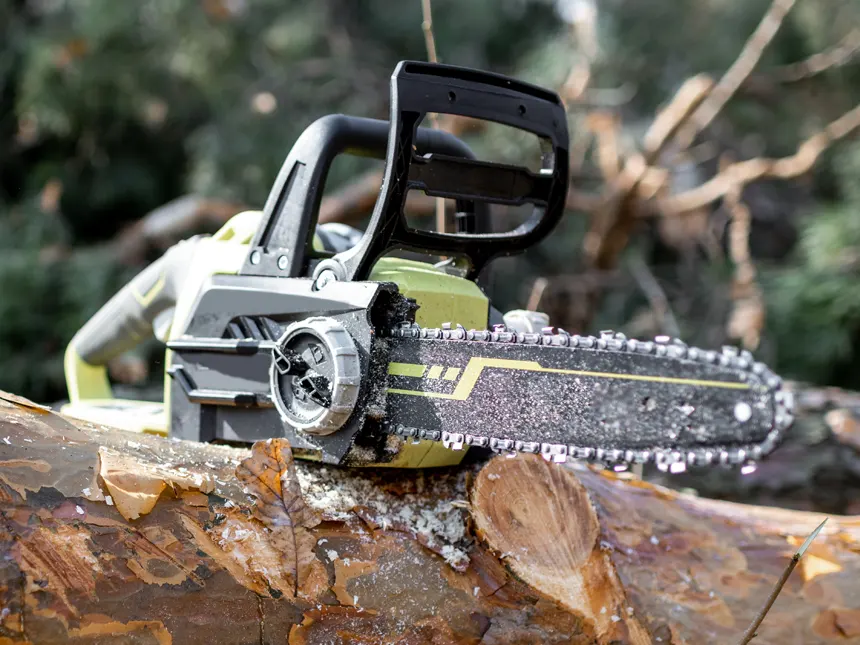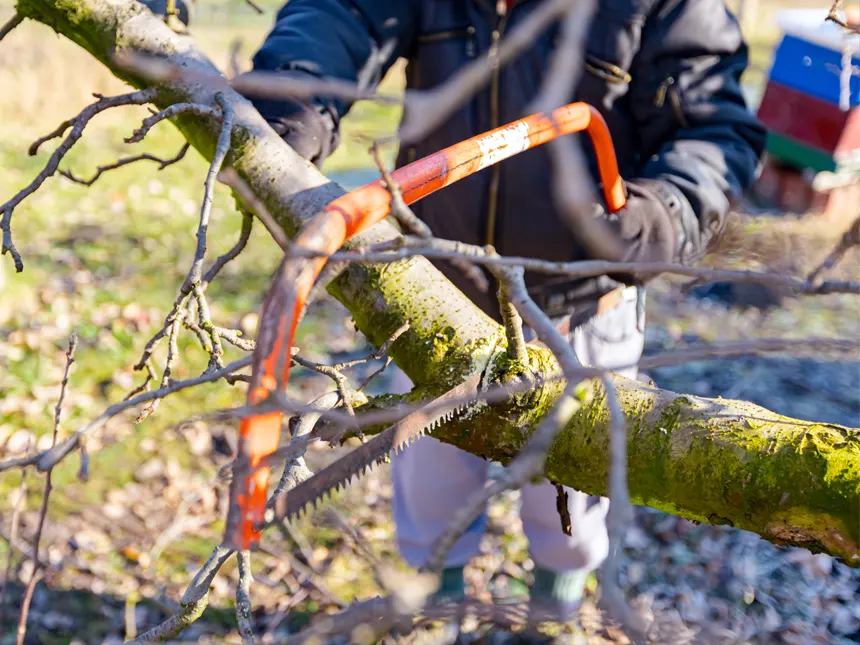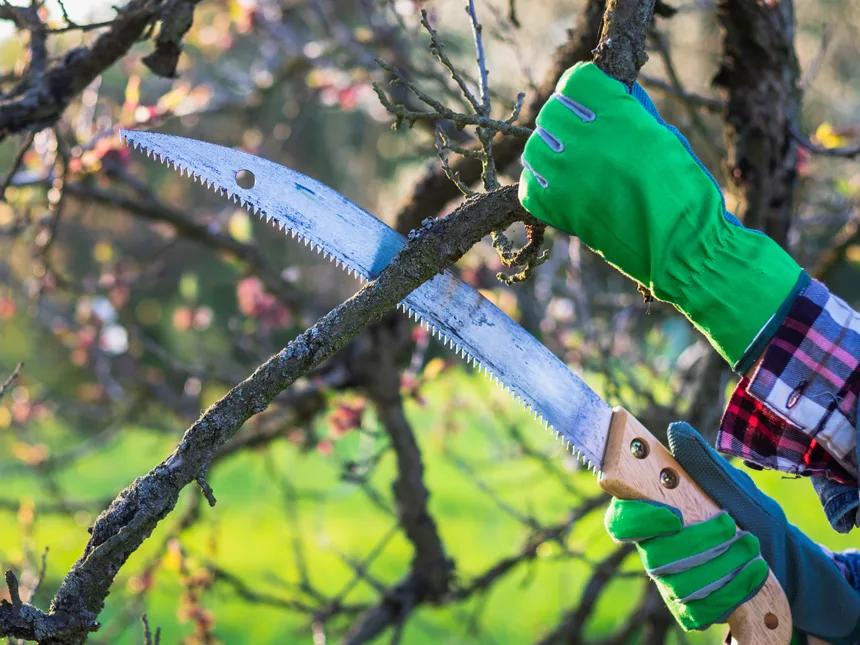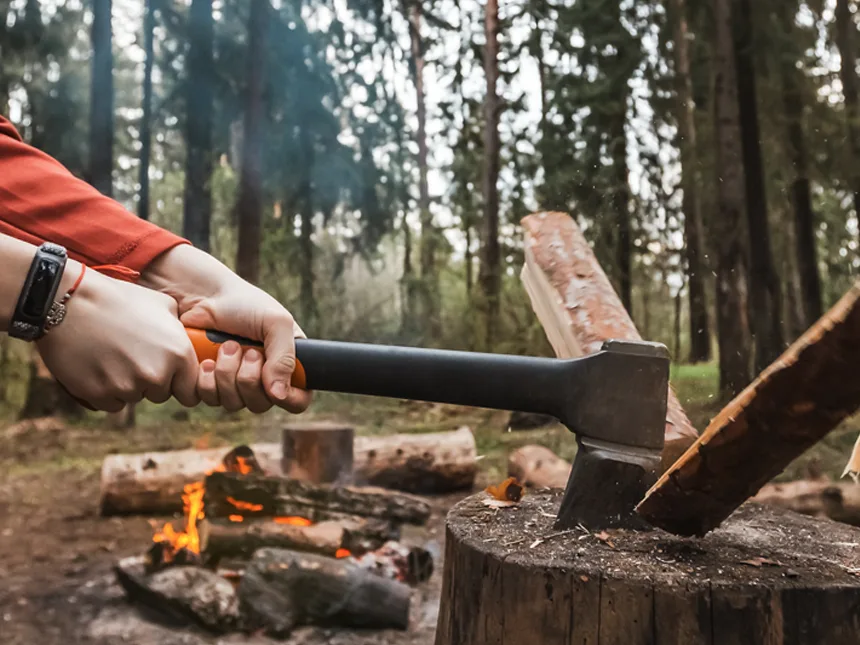Cedar Firewood Guide
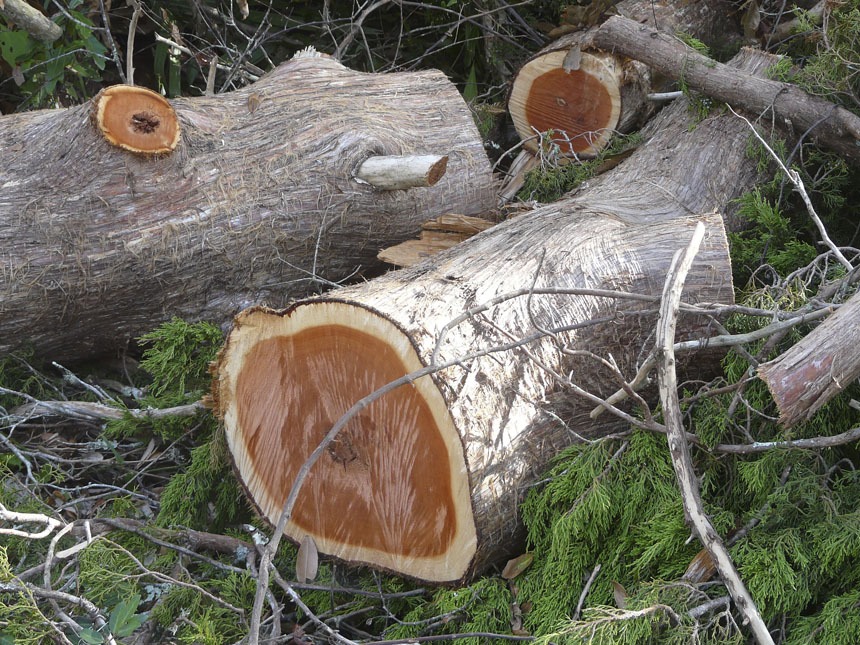
Timber Gadgets is reader-supported. We may earn a commission if you buy through the links on our site.
Cedar is poor firewood in my opinion. You should avoid burning it unless you do not have any other firewood to burn. It produces less heat (comparatively speaking), is smoky, and pops and sparks often. It leads to a lot of built-up in your chimney and carries a risk of a chimney fire.
It produces a pleasant smell for which you may like it. Cedar is unarguably great for kindling. It is the perfect wood for kindling purposes. While hardwoods burn well, they take time to start a fire. Cedar can give them a good start.
It is advised to keep a stock of cedar along with good quality firewood and use it to start the fire. It is best for kindling purposes for the reason that it burns fast and is hot. So overall production of heat is low but you get high heat for short time.
If you want to burn cedar, it’s best to burn it mixed with some quality hardwood such as ash or oak. But if you have to burn it alone, just know that it won’t produce heat for nearly as long as other species.
It has a high percentage of sap and oil. Oil is present in Central heartwood. It gives cedar its characteristic smell and repels insects. So wood finds its use as window sides and other furniture purposes. It finds its use because of its good quality wood which does not shrink or expand much. Cedar is a soft and low-density wood with a characteristic smell. This smell is found in mature trees.
Due to the presence of cedar oil, it is lit easily. High sap and oil content are also the reason for high creosote production. These add particles into the smoke which adhere inside the chimney walls.
Table of Contents
Cedar Firewood Burn Qualities
Cedar is a softwood. So, for its same quantity of mass, it occupies more volume. One cord of cedar is lighter than one cord of other hardwood, although the volume is the same. It means you are getting less organic matter to burn.
Overall heat production will, of course, be lower than that of hardwood. However, it burns fast and produces a lot of heat which serves good for a short time. This does not serve ideally as long as burning firewood.
One cord of Cedarwood may produce 13 to 18.2 BTU per cord. Eastern red Cedar produces 13 million BTU while western red Cedar produces 18.2 million BTU. This heat production is frankly among the lowest of all the firewoods.
It loses moisture fast and requires less time for seasoning if properly stored. Properly seasoned Cedar produces an average amount of smoke and if you make the mistake of burning it wet, you will witness the worst. Wet firewood produces an ample amount of smoke and creosote will fill the walls of your chimney.
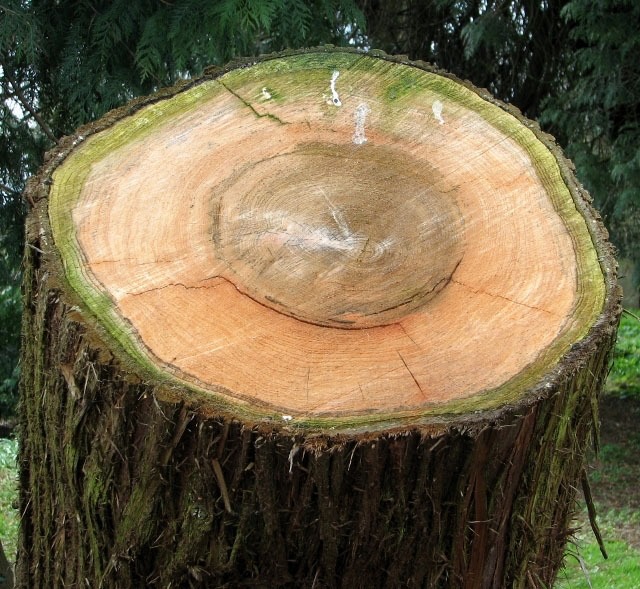
Heat output
Heat output can be between 13 million to 18.2 million BTU depending upon the species. BTU is the British thermal unit, used to measure the degree of hotness or coldness. A cord is a unit of measurement of firewood. It is sized as 4 x 8 x 4 feet, with a total volume of 128 cubic ft.
Sap
Cedars belong to conifer trees and are related to pine. This produces a high quantity of resin as compared to hardwoods. Sap content of Cedar trees can be high but it will not clog your chainsaw.
However, it will affect its burning qualities. Pine takes a lead in this matter on almost all other species and working with pine, you get covered in sap.
Creosote
Cedar being high in resin and oil content produces a good number of particles in smoke. These can stick to the walls of chimneys, called creosote. It is highly flammable. However, the amount of creosote can be reduced by burning dry or seasoned firewood. It burns the maximum amount of wood matter, leaving a smaller number of particles to escape with smoke.
It is better to clean your chimney in spring each year so that your stove is ready for the winter season. It is to be noted that burning any type of wet firewood will lead to creosote in your chimney.
Spark
Cedar fire creates a lot of sparks, even when dry and particularly when burnt wet. It is a low-density softwood and contains pockets of sap and oil. These contents vaporize when the wood is burnt and create pressure. These may cause high sparks and popping of coals and sparks.
It may cause a fire hazard in your place. So, it is a must to use a protective screen or glass shield when burning Cedar.
Smoke
Burning unseasoned firewood will create more smoke as compared to dried, seasoned firewood with a moisture content of less than 20 percent.
Cedar contains a particularly high level of sap and oil.
Smell
Cedar produces a pleasant aroma. It is one factor for which it may be preferred by some people. It produces a mild flavor that has a light citrus touch.
Aroma or smell is an important characteristic and is considered while choosing the best wood to burn. It increases the aesthetic value of the wood. Firewood produces a distinctive smell on burning, as eucalyptus produces a medicinal smell. Many trees produce no or faint smell while some may smell bad.
So, if you are burning cedar for its smell, you are on the right track and it would not disappoint you.
Coals
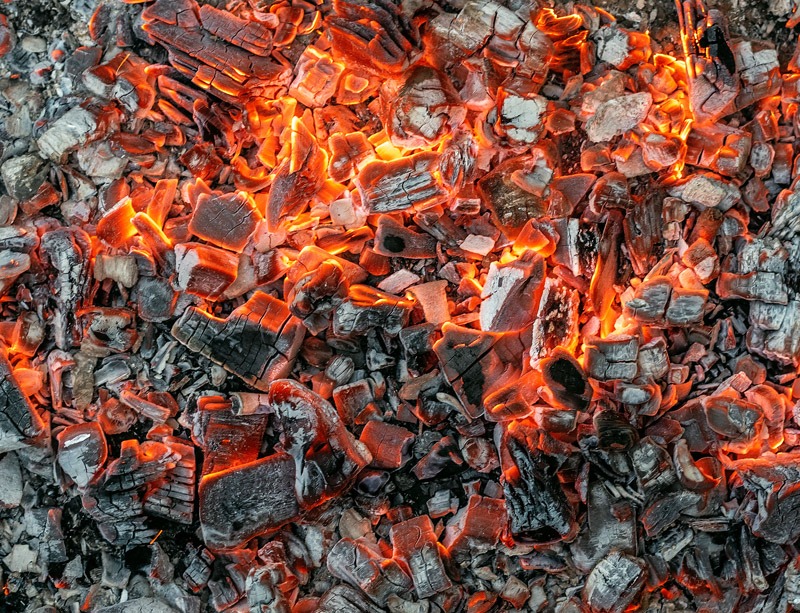
Cedarwood is not preferred if you are aiming at good coals. It burns fast, releasing a lot of heat for a very short time. Meanwhile, its coals are short-lived.
Firewood that produces good coal burns slow. Its coal burn for a longer duration providing you heat the whole night. Cedar, as already stated, is not preferable for this purpose.
Splitting Cedar Wood
It is very easy to split a cell it does not require much effort. You can carry out the work with a decent splitting axe. Both fresh and dry wood split easily. However, I recommend splitting it while it’s still green.
Many people prefer not to split medium-sized pieces because medium-sized logs of cedar burn longer. There may be some problem with the knots but it does not create much trouble overall.
Comparing Cedar to Other Firewood
Cedar is a softwood and is among the lowest heat-producing species. It produces 13 to 18.2 million BTUs from one cord of seasoned firewood. It produces an average amount of smoke. If it is not seasoned properly, the amount of smoke can be higher.
It burns fast and coals don’t last long, making it hard to rely on overnight. It produces a good smell; wood is easy to split and great for kindling purposes. It can be used in combination with other dense hardwood as well.
Table of comparison with other firewood.
| Species | Weight (lbs./Cord) Dry | Heat per Cord (Million BTUs) |
|---|---|---|
| Osage-orange | 4728 | 32.9 |
| Apple | 3888 | 27.0 |
| Walnut, Black | 3192 | 22.2 |
| Cherry | 2928 | 20.4 |
| Red Cedar, Eastern | 2060 | 13.0 |
| Red Cedar, Western | 2632 | 18.2 |
How Long to Season Cedar Firewood?
Cedar firewood carries a fair amount of water and it can sometimes reach around 50 percent while green. However, it loses moisture quickly. Properly aerated, it can take as little as 9 months to lower the moisture below 20 percent.
I advise not to burn green or unseasoned cedar wood due to its already high smoke content. It should be seasoned for as low as six months. Nine months to one year is preferable in order to get a uniformly seasoned firewood.
The time required for seasoning depends on various factors, it will be lower in hot and dry areas while it may extend in humid areas and areas where the temperature is low.
Seasoning practices play a great role in the time required for seasoning. Stacks should be elevated above the ground and should be at least 3 feet apart. This allows air passage through these rows and moisture is removed.
Wood should be stacked away from boundary walls and shady areas. Open ground is preferable where it may get an ample amount of sunshine. It is advised to cover one-third of the top of stacks to avoid external moisture and rains. Take care note to cover more than one-third from the top. It will trap the moisture inside and delay the seasoning process.
Split wood will season fast as the surface area exposed is increased for moisture loss.
Consider getting a moisture meter to check the moisture level of the wood you’re burning. You can also perform manual tests which may accurately be accurate as much as you can assess. Collide two pieces of wood in your hand, if they produce a sharp sound, it may mean they are seasoned. If the sound produced is low and heavy it means that wood is still wet.
The Different Types of Cedars
The cedars we see in the United States belong to the cypress family and are known as “new word cedars”. True cedars belong to the Mediterranean region.
Here we have discussed its types with some identification features.
Eastern Red Cedar
It is widely grown in the eastern part of North America and is among the most abundant species in the area. Its height may reach from 16 to 66 feet while its diameter is between 12 to 39 inches. This is comparatively much less than Western Cedar. These are known to grow fairly old, some of which living more than 500 years.
Eastern Red Cedar has needle-like short leaves and blooms during winter. It has light brown outer bark while the inner bark is bright orange. The bark is pretty thin.
These can grow on various types of soils, shows resistance to the wind, and usually are the first trees to colonize the land.
Moreover, it is salt tolerant; it can be grown on saline lands and roadsides. It also shows drought tolerance which enables it to grow under low water conditions.
Western Red Cedar
The Western Red Cedar belongs to the genus Cedrus. It grows fairly tall, from 210 to 230 feet in height and thickness can reach from 10 to 13 feet. Leaves are produced pairwise, oppositely, and give off of a strong smell when crushed in hand. Its bark shows ridges that run vertically down the length of the tree.
They have egg-shaped seed cons with the paired scales ripen in late summer and during winter they are shed. It shows insect resistance due to resins and oil.
Unique Properties of Cedar
Due to its unique aroma and pleasant smell, some cooks like to use it! It isn’t used for smoking meats, however, due to its high resin content.
To flavor food, cedar planks are commonly used. First, they are soaked so that they may absorb water. Meat, like Salmon, is placed over it and heated over the grill.
In this method, wood is not burnt but is heated to cook the meat on the plank. It releases its resins which add their unique smell and taste to the food.

